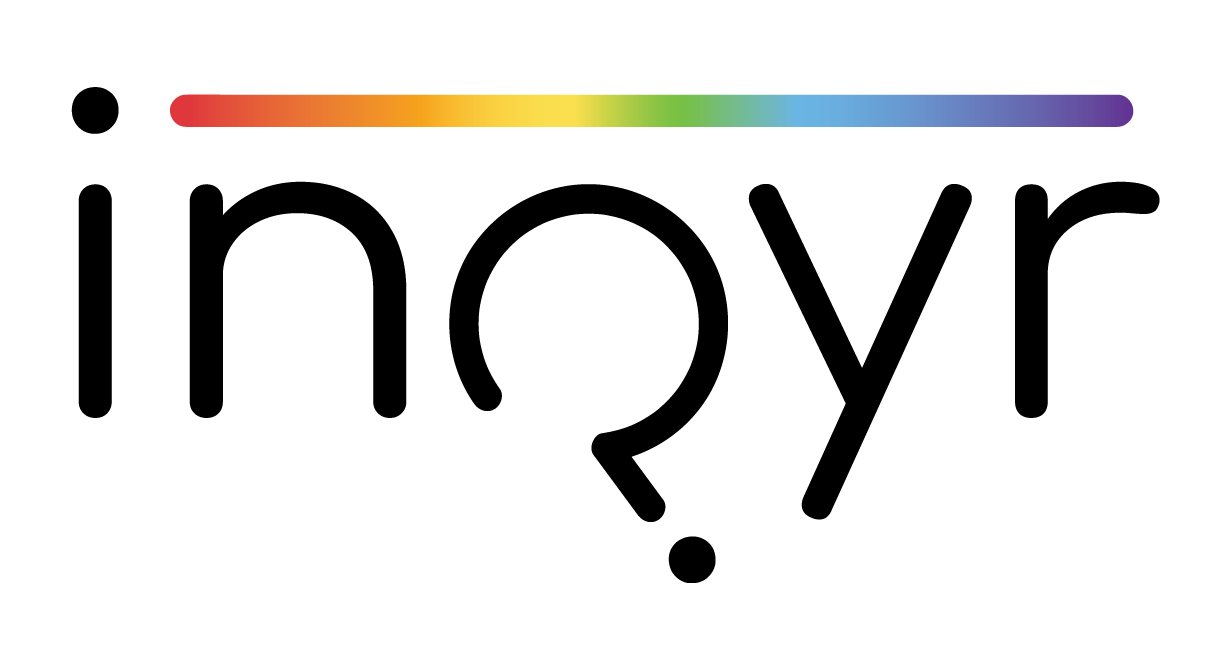Transgender representation in offline and online media: LGBTQ youth perspectives
McInroy, L., & Craig, S. L. (2015). Transgender representation in offline and online media: LGBTQ youth perspectives. Journal of Human Behavior in the Social Environment, 25(6), 606–617. https://doi.org/10.1080/10911359.2014.995392
Highlights
Background
Representations of transgender people in offline and online media inform the general public about transgender communities. They have a significant impact on transgender young peoples’ identity development and lived experiences.
However, there is a lack of research on the perspectives of lesbian, gay, bisexual, transgender, and queer (LGBTQ) youth regarding depictions of transgender people in contemporary media.
Study Description
This article describes the trends in contemporary media representations of transgender individuals
We examine perspectives of LGBTQ youth in Toronto (n = 19; ages 18–22) regarding these messages
We also explore and highlight perspectives of transgender youth participants (n = 4)
Key findings
Using grounded theory and semistructured interviews, we identified themes regarding transgender representation in:
Offline Media—often limited; stereotypical representations
Transphobic representations
(Few) Authentic representations
Online Media—a more realistic form of representation
Explicit transphobia
Resources that support healthy development (e.g., find role models, personal support communities, information)
Clinicians should make efforts to educate themselves about transgender youth and the resources available to the population
Clinicians must be aware of the varying quality of representations of the transgender experience in media (as discussed above) and balance popular media representations with more academic and professional sources of knowledge
Supporting clients’ exploration using media may be one way for clinicians to foster identity development among transgender youth

